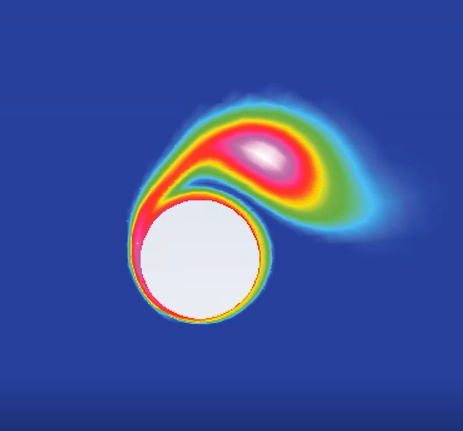Laser Scattering in the Atmosphere

When we see a laser beam, it is because the light scattered off air molecules in the atmosphere and some of it was in the direction of our eye. The distribution of the scattered light can be predicted well in many situations. In this paper, we use a Mie scattering model to invert a received […]
Covid-19 breathalyzer design for at-home testing

Moshman Research helped a client design a prototype Covid-19 breathalyzer. The challenge was to focus the Covid-19 bioaerosols in an exhaled breath onto a detector chip and divert larger bioaerosols that would add noise to the measurement. Using a focusing element, some particles would impact the detector and some would escape around and out the […]
Clean Hydropower for Remote Communities
Access to electricity is crucial for remote communities, but traditional sources of energy such as fossil fuels are not always feasible or environmentally sustainable. Moshman Research worked on a 3-year ARPA-E funded project to develop a clean hydropower system that harnesses the kinetic energy from flowing rivers to generate electricity in a microgrid. However, designing […]
Sailing against the wind

Sailing against the wind has long been a challenge for seafarers. Moshman Research has taken on this challenge by designing a circular rotor that generates directional thrust from the air or water around it. This makes it possible to sail into the wind. Using ANSYS Fluent CFD software, we were able to model and optimize […]
Active Control for High Efficiency Airfoils

In developing our helicopter noise reduction technology, Moshman Research discovered another potential application; greater aerodynamic efficiency. At transonic speeds, we have shown that it is possible to generate positive lift at zero and negative angles of attack and increase the lift-to-drag ratio.